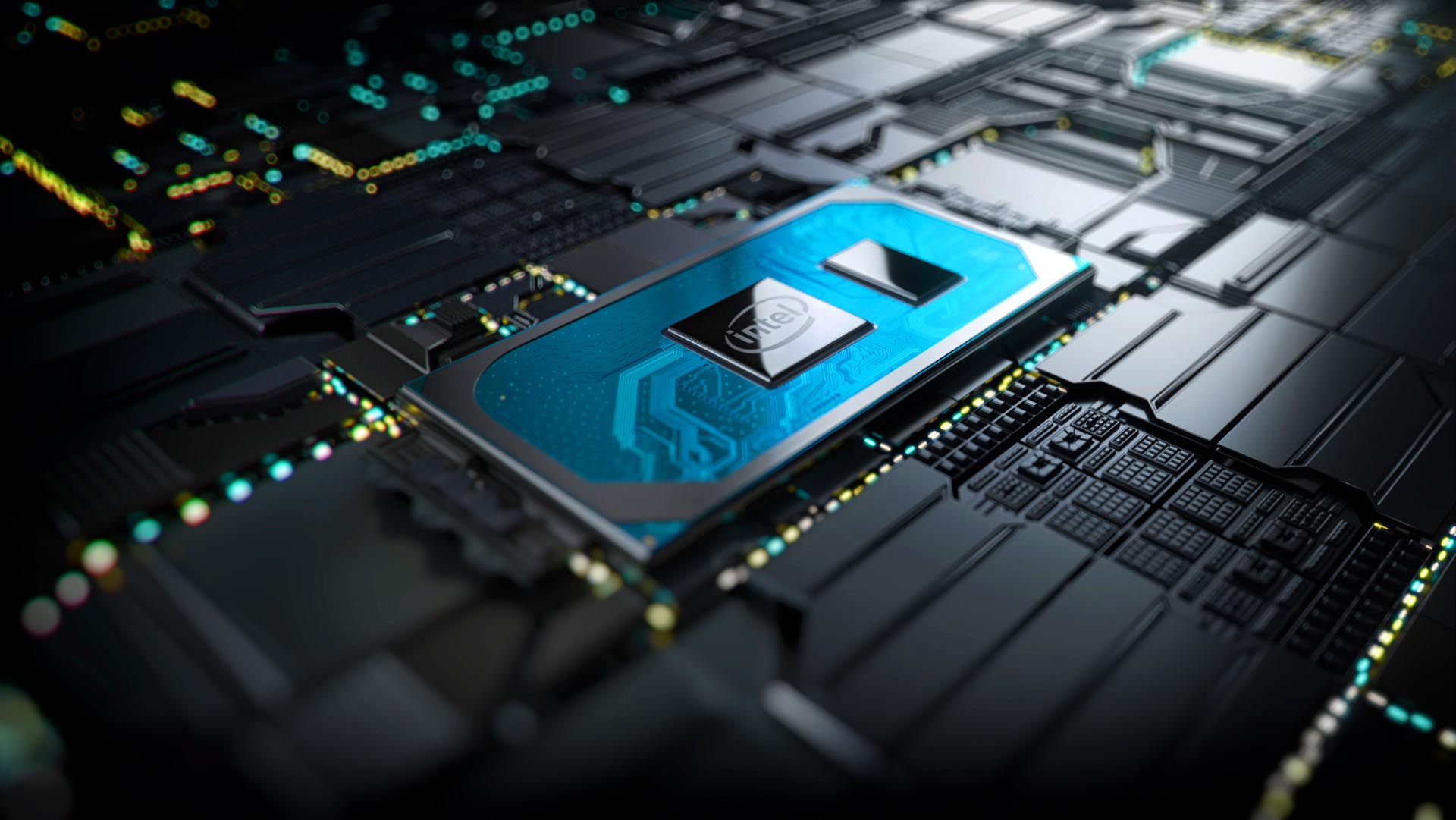LordOfChaos
Member
Enthusiasts have been calling out for the functionality for quite some time, even petitioning AMD and Nvidia for driver support. Why, you ask? Essentially integer scaling is an upscaling technique that takes each pixel at, let’s say, 1080p, and times it by four – a whole number. The resulting 4K pixel values are identical to their 1080p original values, however, the user retains clarity and sharpness in the final image.
Current upscaling techniques, such as bicubic or bilinear, interpolate colour values for pixels, which often renders lines, details, and text blurry in games. This is particularly noticeable in pixel art games, whose art style relies on that sharp, blocky image. Other upscaling techniques, such as nearest-neighbour interpolation, carry out a similar task to integer scaling but on a more precise scale, which can similarly cause image quality loss.

 www.pcgamesn.com
www.pcgamesn.com
Hopefully a third horse in the graphics race kicks things into a higher gear, Nvidia/AMD copying this would be a win for everyone already whether you ever get an Intel GPU or not
Gen 11 graphics only tho
Old low res pixel perfect LCD:
Typical (bilinear?) GPU scaling:
Pixel perfect integer scaling:
Current upscaling techniques, such as bicubic or bilinear, interpolate colour values for pixels, which often renders lines, details, and text blurry in games. This is particularly noticeable in pixel art games, whose art style relies on that sharp, blocky image. Other upscaling techniques, such as nearest-neighbour interpolation, carry out a similar task to integer scaling but on a more precise scale, which can similarly cause image quality loss.

Intel beats AMD and Nvidia to crowd-pleasing graphics feature: integer scaling
Intel Gen11 and next-gen graphics will support integer scaling following requests by the community
Hopefully a third horse in the graphics race kicks things into a higher gear, Nvidia/AMD copying this would be a win for everyone already whether you ever get an Intel GPU or not
Gen 11 graphics only tho
Old low res pixel perfect LCD:
Typical (bilinear?) GPU scaling:
Pixel perfect integer scaling:
Last edited:

